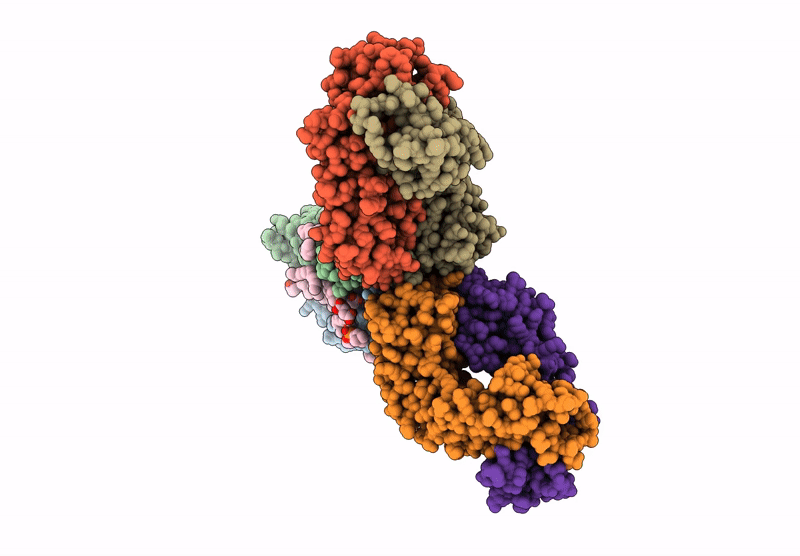
Deposition Date
2020-03-06
Release Date
2020-08-26
Last Version Date
2025-10-01
Entry Detail
PDB ID:
6Y90
Keywords:
Title:
Structure of full-length CD20 in complex with Rituximab Fab
Biological Source:
Source Organism:
Homo sapiens (Taxon ID: 9606)
Mus musculus (Taxon ID: 10090)
Mus musculus (Taxon ID: 10090)
Host Organism:
Method Details:
Experimental Method:
Resolution:
3.69 Å
Aggregation State:
PARTICLE
Reconstruction Method:
SINGLE PARTICLE


